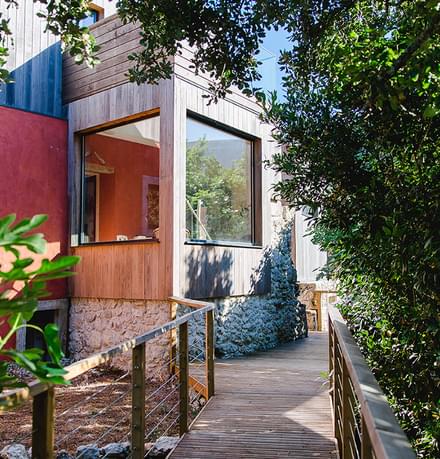The Estremadura Limestone Massif features some of the most developed karstic formations within the country's limestone regions. This is due to the thick, pure limestone of the Dogger period that outcrops in large areas across the massif.
During periods of tectonic stability, flat levels were established on the surface, alongside the development of underground gallery networks. The Natural Park of Serra de Aire e Candeeiros, covering 38,392.91 hectares, encompasses a significant part of the Estremadura Limestone Massif.
Geographically, the Estremadura Limestone Massif is divided into three elevated regions: the Serra dos Candeeiros, the Santo António Plateau, and the São Mamede Plateau and Serra de Aire. These regions are separated by major tectonic faults, such as the Rio Maior - Porto de Mós and Porto de Mós – Moitas Venda faults, along which depressions like Mendiga, Alvados, and Minde formed.
Important geological sites near the massif include:
- The Galinha Quarry in the northeastern part of Serra de Aire, known for dinosaur footprints, the oldest known ichnofossils of sauropods.
- Near Reguengo do Fetal, several quarries reveal beach-barrier facies, with features like planar oblique bedding and erosion deposits.
- East of Reguengo do Fetal, a fault mirror with striations from the extensional movement that caused the elevation of Dogger limestone and the subsidence of Malm limestone is visible.
Our partners for Estremadura Limestone Massif

Haven Nature Hotel & Villas
Haven Nature Hotel & Villas is boutique hotel, surrounded by nature, only a few steps away from the iconic UNESCO World Heritage Monastery of Batalha, at the heart of Center of Portugal. This dazzling hotel has 24 rooms and (...)
Learn more
















